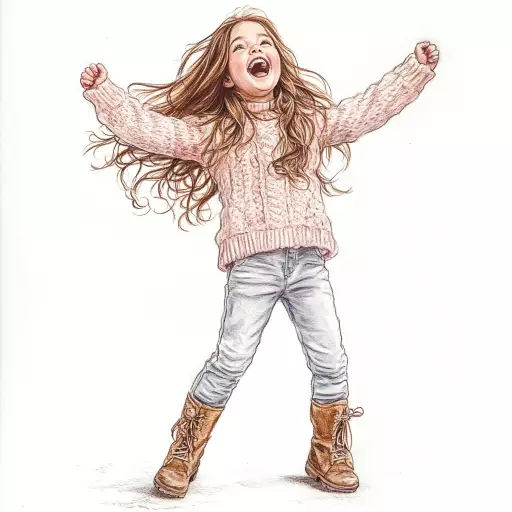Explore the Best AI Image Gallery

A New Vision: AI Image Generation and the Future of Design
The creative landscape is undergoing a seismic shift with the emergence of artificial intelligence (AI) image generation. This powerful technology empowers designers to conceptualize and produce stunning visuals with unprecedented speed and efficiency, blurring the lines between human creativity and machine ingenuity. From concept art to marketing collateral, AI-generated images are poised to revolutionize numerous facets of the design industry.
Transforming Design Processes
AI image generation tools streamline the design process by automating repetitive tasks and offering a vast library of visual assets. Designers can leverage these tools to:
- Generate initial concepts: AI algorithms can rapidly produce multiple design variations based on user prompts, providing a springboard for creative exploration.
- Customize existing designs: Modify colors, compositions, and styles with ease, iterating through different iterations until the desired aesthetic is achieved.
- Create realistic visualizations: Generate photorealistic images of products, environments, or characters, aiding in product development and marketing campaigns.
Expanding Creative Possibilities
AI image generation pushes the boundaries of artistic expression by enabling designers to explore novel concepts and styles. The technology:
- Combines diverse aesthetics: Fuse elements from different art movements or genres, resulting in unique and unexpected visual compositions.
- Creates abstract imagery: Generate non-representational artwork based on data patterns or user-defined parameters, opening up new avenues for artistic exploration.
- Personalizes designs: Tailor visuals to individual preferences, generating customized artwork or marketing materials that resonate with specific audiences.
Ethical Considerations
The rise of AI image generation raises important ethical considerations that designers and users must address:
- Copyright and ownership: Questions arise regarding the ownership rights to AI-generated images, particularly when algorithms are trained on existing copyrighted material.
- Bias and representation: AI models can perpetuate existing biases present in the training data, leading to unfair or inaccurate representations of certain groups.
- Transparency and accountability: It is crucial to understand how AI algorithms generate images and ensure transparency in the creative process.
Future Trends
The field of AI image generation is rapidly evolving, with exciting advancements on the horizon:
- Increased realism and detail: AI models will continue to generate increasingly realistic and detailed images, blurring the line between virtual and real.
- Personalized experiences: AI-powered tools will enable the creation of hyper-personalized designs that adapt to individual preferences and contexts.
- Integration with other technologies: AI image generation will seamlessly integrate with other technologies like VR/AR, creating immersive and interactive design experiences.
Conclusion
AI image generation is a transformative technology with the potential to reshape the creative industry. By embracing its possibilities while addressing ethical considerations, designers can leverage AI to unlock new levels of creativity, efficiency, and innovation.